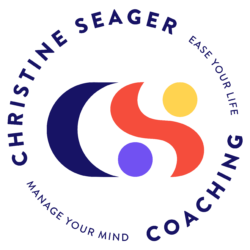It’s the last day of 2024.
And before the ball drops, I want you to take a moment to celebrate something.
Maybe it’s something big—like a career milestone, a relationship you strengthened, or a goal you crushed.
Or maybe it’s the quiet, everyday wins—like showing up on a hard day, finding joy in unexpected moments, or simply making it through when things felt tough.
Because no matter what this year looked like, you’ve made it. And that’s worth celebrating.
Now, let’s talk about what’s ahead.
What Do You Want More of in 2025?
The beauty of a new year is the blank slate it offers.
It’s a chance to pause, reflect, and dream about what’s possible.
So ask yourself:
- What do I want more of in my life?
- What would make me excited to get out of bed each morning?
- How do I want to feel at the end of next year?
Maybe it’s more time for the people you love.
More confidence in the choices you’re making.
More excitement, energy, and joy in your everyday life.
The best part? You don’t have to have it all figured out right now.
You just have to decide you’re ready to take the first step.
Designing Your Extraordinary Life
Creating an extraordinary life doesn’t mean changing everything overnight.
It’s about small, intentional shifts that lead to big results.
- Learning how to manage your thoughts so they work for you, not against you.
- Building habits that align with the person you want to become.
- And giving yourself permission to dream about what’s possible—and go after it.
This time next year, you could look back on 2025 as the year everything started to change.
Not because you were lucky or the stars aligned—but because you decided you were worth investing in.
Ready to Make It Happen?
I’d love to help you make 2025 your most extraordinary year yet.
Book a complimentary consultation, and let’s create a plan to get you there.
We’ll talk about what’s possible for your life, the steps to take, and how you can feel better and happier—without waiting for “someday.”
Let’s start this next chapter with excitement, confidence, and a plan.
Here’s to 2025 and everything it holds for you!
Reminder: as part of the benefits offered at Logan Health, employees get free coaching sessions. You can book a coaching session here.
Or, if you are not a Logan Health Employee, you can book a consultation to learn how to work with me here.
P.P.S. Liked what you read? Join my email list, where I dive deeper into these concepts and teach you HOW to put them into practice in your everyday life. And don’t forget to follow me on Instagram (@christineseager_) or Facebook (@seager.christine), where I share both teaching moments and real-life examples of this work in action.
